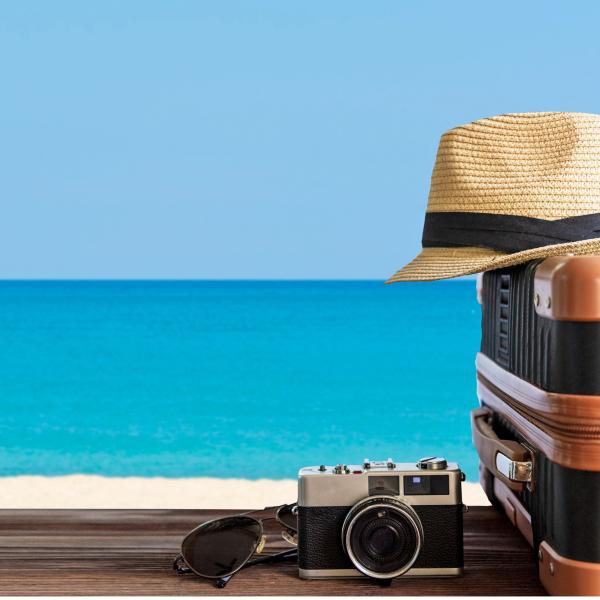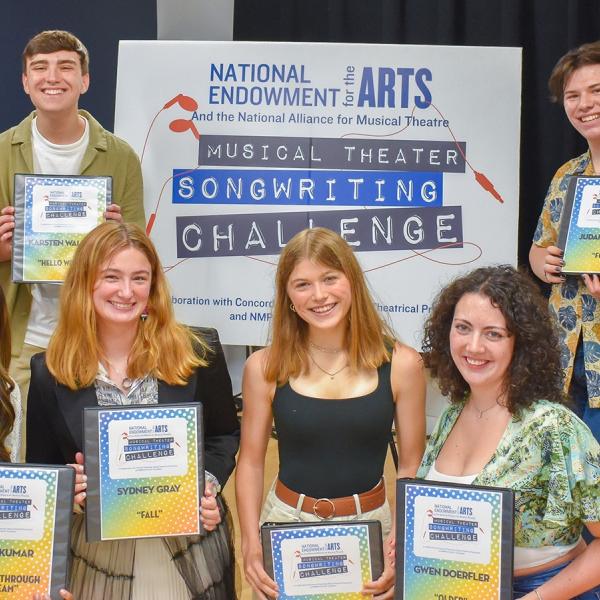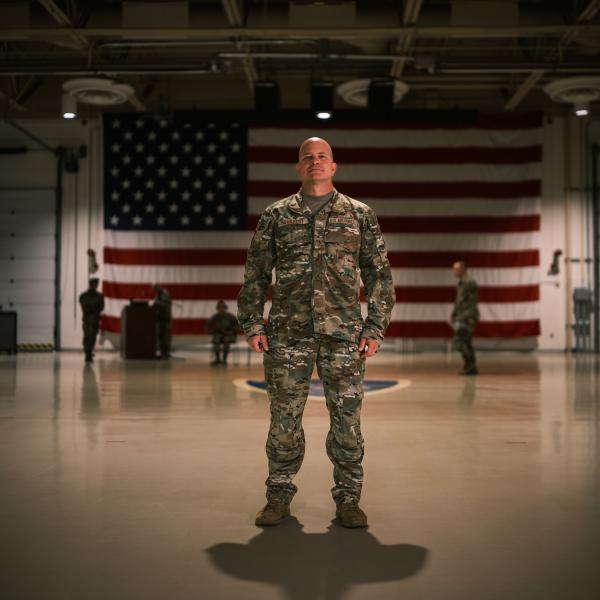Five Facts You Didn’t Know about Presidential Portraits
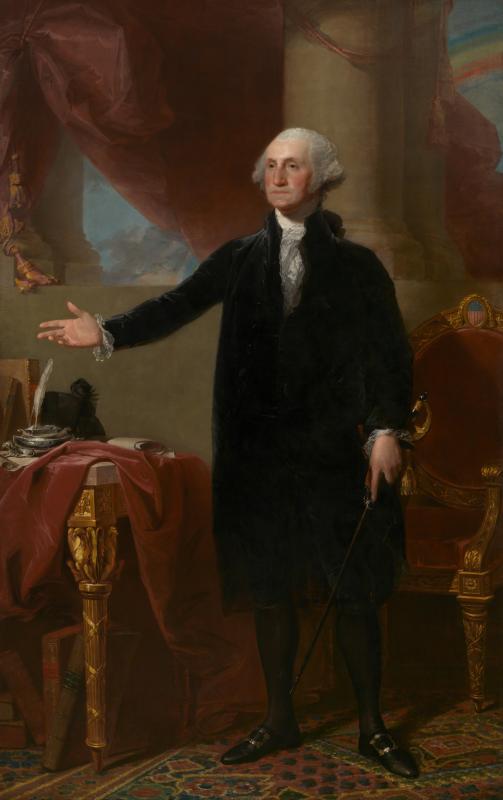
Stuart, Gilbert. George Washington (Lansdowne Portrait). 1796. National Portrait Gallery, Smithsonian Institution; acquired as a gift to the nation through the generosity of the Donald W. Reynolds Foundation
It wasn’t until 80 years after George Washington’s death that his birthday, February 22, became a federally recognized national holiday. “Presidents’ Day” is not the official name of the holiday, but since its shift from being recognized on Washington’s actual birthday to the third Monday of February—a change enacted in 1968—that is how most of the country celebrates (some states, including Virginia, where his historic residence Mount Vernon is located, still observe it as “Washington’s Birthday”).
Today, Presidents’ Day recognizes not only Washington but the office of the presidency and all that it stands for. Portraiture is another way we collectively remember, honor, and reflect on our past presidents, and there is one place where every president’s likeness hangs among his fellows: the National Portrait Gallery in Washington, DC.
As we prepare to celebrate Presidents’ Day this year, here are five facts about the National Portrait Gallery’s signature exhibition, “America’s Presidents”!
1. The National Portrait Gallery has the only complete collection of American presidential portraits outside of the White House—making it the only collection accessible to the public. The museum began commissioning their own portraits with George H.W. Bush and ever since, they have worked with the White House to commission a portrait of the outgoing president and their spouse to add to its collection.
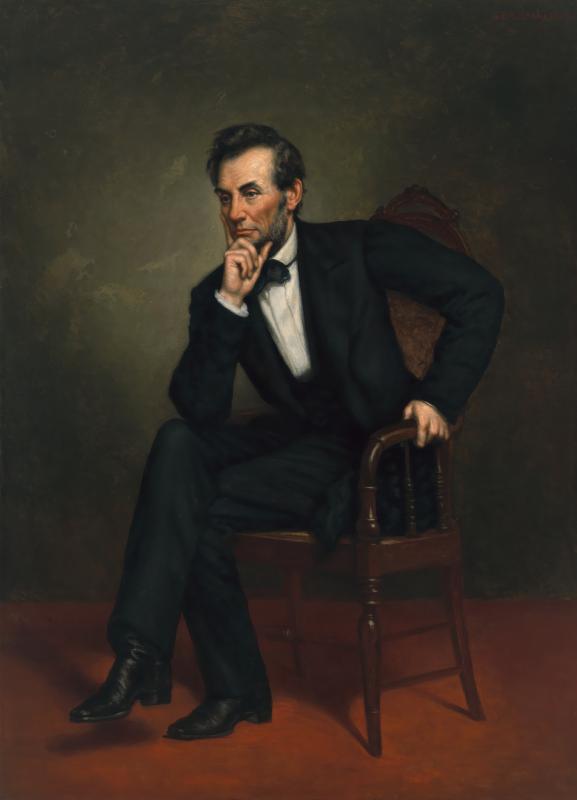
Healy, George Peter Alexander. Abraham Lincoln. 1887. National Portrait Gallery, Smithsonian Institution; transfer from the National Gallery of Art; gift of the A.W. Mellon Educational and Charitable Trust, 1942
2. The museum has approximately 1,600 presidential portraits. Some of these rotate in and out of the America’s Presidents exhibition, but there is always one on display for each president. The portraits on display are typically paintings, but the museum, which continually collects presidential portraits, also has prints, drawings, and photographs.
3. When the National Portrait Gallery opened in 1968, it was missing 16 portraits of the then 35 presidents. The museum had to undergo a search for portraits of those that were not included.
4. The 19th century artist George Peter Alexander Healy was a prolific portrait painter who produced multiple portraits now in the museum’s collection, including portraits of Abraham Lincoln, John Tyler, and James Buchanan. These were not commissioned by an American entity but rather King Louis Philippe of France.
5. The museum’s portrait of 32nd President Franklin Delano Roosevelt was not intended as a final product—it was a study for a larger painting meant to document the Yalta Conference, which would include Winston Churchill and Joseph Stalin. Roosevelt sat for the study and then died less than a month later; Stalin refused to sit for his portrait, so the larger painting (a sketch of which is seen in the lower left corner) was never made. The artist, Douglas Granville Chandor, did make a portrait of Churchill, which the museum also owns.
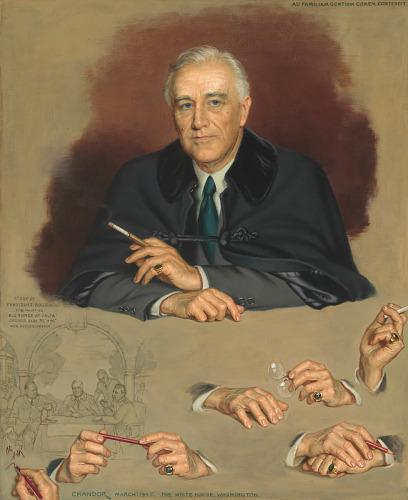
Chandor, Douglas Granville. Franklin D. Roosevelt. 1945. National Portrait Gallery, Smithsonian Institution


